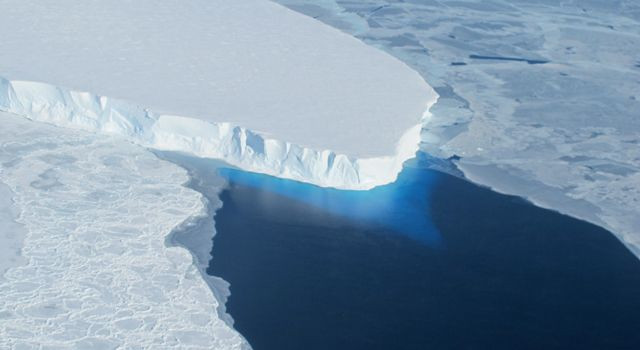West Antarctic Ice Sheet In ‘Unstoppable’ Retreat, NASA Says Melting Will Affect Sea Level Rise

An area of western Antarctica whose glaciers have been thawing for decades has passed the point of no return, scientists warned Monday. According to new research, these glaciers have been destabilized and are floating in areas where they were once grounded.
Researchers from NASA and the University of California, Irvine, say the glaciers of the Amundsen Sea region, if completely melted, contain enough water to raise global sea levels by 1.2 meters, or 4 feet. The study, released Monday and soon to be published in the journal Geophysical Research Letters, incorporates 40 years of observations that indicate that six glaciers in the region are melting faster than researchers previously expected.
“This sector will be a major contributor to sea level rise in the decades and centuries to come,” Eric Rignot, a glaciologist with NASA’s Jet Propulsion Laboratory in Pasadena, California, and lead author of the study, said in the statement. “A conservative estimate is it could take several centuries for all of the ice to flow into the sea.”
Rignot described the retreat of this sector of West Antarctica as “unstoppable.”
He said that because the retreat appears to be occurring simultaneously over a large area, it would suggest that the melting is triggered by a common cause. Researchers fingered manmade global warming as the reason for West Antarctica’s melting glaciers.
"The results are not based on computer simulations or numerical models; they are based on the interpretation of observations," Tom Wagner, a scientist with NASA, told reporters on Monday. "And I think this is an important point because this sometimes can get lost on the general public when they're trying to understand climate change and the implications."
The glaciers studied already contribute to sea level rise, releasing almost as much ice into the ocean every year as the entire Greenland Ice Sheet.
Earlier this month, scientists revealed that another area of Antarctica is also melting at an unprecedented rate. According to a study published May 4, the only thing keeping a large chunk of East Antarctica from becoming unstable and melting is a small “cork” of ice.
If the entire area, known as Wilkes Basin, were to melt and drain into the world’s oceans, it would raise the Earth’s sea level by 3 to 4 meters, a much as 13 feet.
© Copyright IBTimes 2024. All rights reserved.












